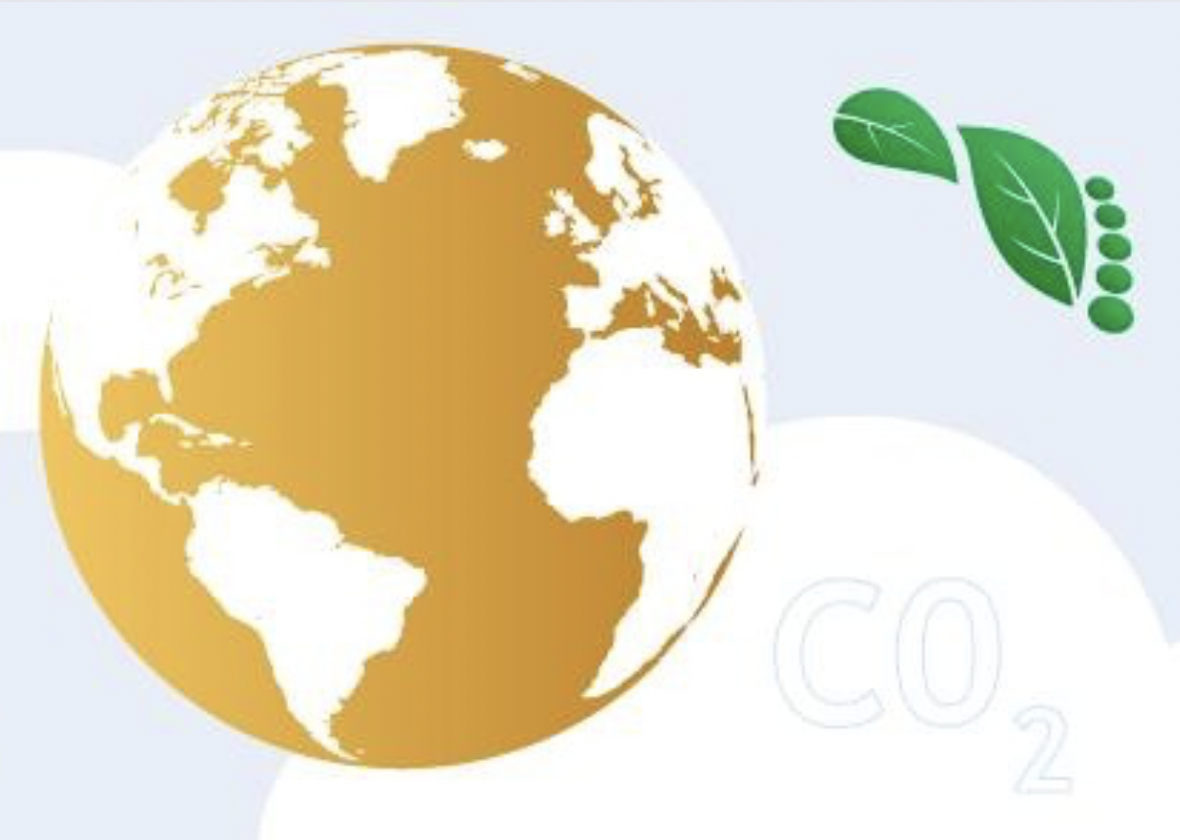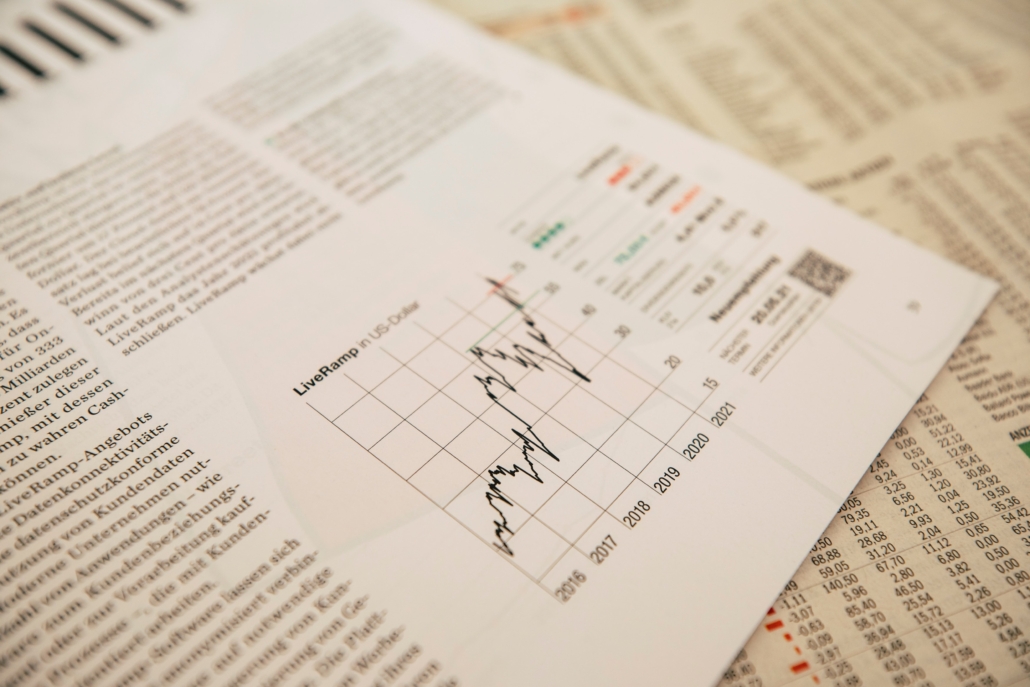
As more and more companies and governments embark on the circular economy path, the question of how to measure performance arises. How can we concretely assess the progress made and the impact of the initiatives implemented? This is why we need to develop dedicated performance indicators.
From recycling rates to life cycle analyses, an overview of the main measurement tools used to steer and enhance the transition to circular and sustainable economic models.
Waste recycling and recovery rate
One of the most widely used indicators for measuring progress in the circular economy is the rate of waste recycling and recovery. Simple and meaningful, it can be used to assess the proportion of waste diverted from landfill or incineration and reintroduced into production cycles.
Most companies and local authorities closely monitor their recycling rates by waste stream (plastics, metals, paper, bio-waste, etc.). A key indicator for setting targets and measuring progress in circular resource management.
Some companies go even further, measuring the rate of reincorporation of recycled materials in their products and packaging. An excellent way to close loops and reduce dependence on virgin resources.
Life cycle assessment and environmental footprint
But beyond the simple recycling rate, other more comprehensive indicators can be used to assess the overall environmental impact of a product or service over its entire life cycle, from extraction of raw materials to end-of-life.
Life Cycle Assessment (LCA) has thus become an essential tool for companies wishing to reduce their ecological footprint. By quantifying the various impacts (greenhouse gas emissions, water consumption, pollution, etc.) at each stage of the life cycle, it enables us to identify the hotspots to be improved as a priority.
« Thanks to LCA, we have been able to optimize the design of our products to reduce their overall carbon footprint by 30%, » explains Sophie Delcourt, Eco-design Manager at Michelin. « It’s an essential tool for deploying a genuine circular economy approach. »


Many companies go even further, calculating the environmental footprint of their overall activity, including indirect impacts linked to their supply chain or the use of their products by consumers.
Circularity and resource use indicators
To go even further in assessing their circular performance, some companies are also developing specific indicators to measure their effective decoupling from the consumption of virgin resources.
Such is the case of the circularity rate, which measures the proportion of resources reused, reclaimed or recycled in a company’s overall production cycle. A key indicator for ensuring that circular resources are substituted for virgin ones.
« Our aim is to achieve a circularity rate of 30% by 2030, compared with 12% at present, » says Laetitia Journe, Renault Group Director of Sustainable Development. « This involves the eco-design of our vehicles, but also the reuse and re-utilization of parts from our refurbishment business. »
Other companies track complementary indicators such as resource intensity (quantity of resources consumed per unit produced) or the extension of their products’ lifespan (reparability, reuse, etc.). These are all levers for decoupling their business from the consumption of virgin resources.
Economic and social indicators
But the circular economy is not limited to purely environmental considerations. This is why many companies and organizations also include economic and social indicators in their circularity dashboards.
On the economic front, we can cite the revenues generated by circular activities (sale of recycled products, rental, reuse, etc.), the cost savings achieved through greater resource efficiency, or the share of investments dedicated to the circular economy.
On the social front, we can track indicators such as the number of jobs created or preserved thanks to the circular economy, or the impact on working conditions and employee health (reduced exposure to hazardous substances, etc.).
Towards globally harmonized indicators?
While these different indicators can be used to measure progress in the circular economy at company or local level, their wide diversity raises the question of how they can be harmonized on a more global scale.
This is what is at stake in the work currently being carried out by international bodies such as the European Union, the OECD and the United Nations Environment Programme. The aim: to define a common framework of key indicators to enable harmonized assessment and monitoring of circular economy progress on a global scale.
Among the avenues being explored are synthetic indicators such as domestic material consumption per capita, the rate of use of circular materials in the economy, and resource productivity (GDP per unit of resources consumed).
This is a major challenge, given that economic, industrial and environmental realities can vary from one country to another. But a crucial step in accelerating the transition to a circular, sustainable economy on a global scale.
Discover CircularPlace, the platform dedicated to reuse!
#CircularityIndicators #PerformanceMeasurement #CircularEconomy#WeAreCircular
Read also
Questions about CircularPlace?



